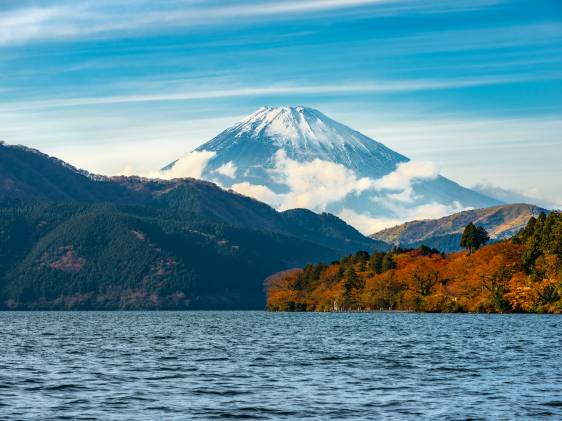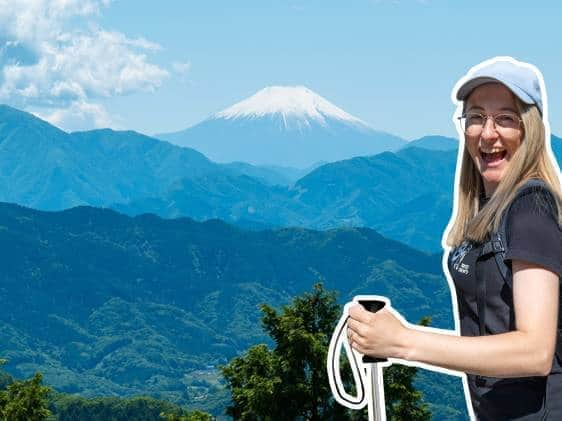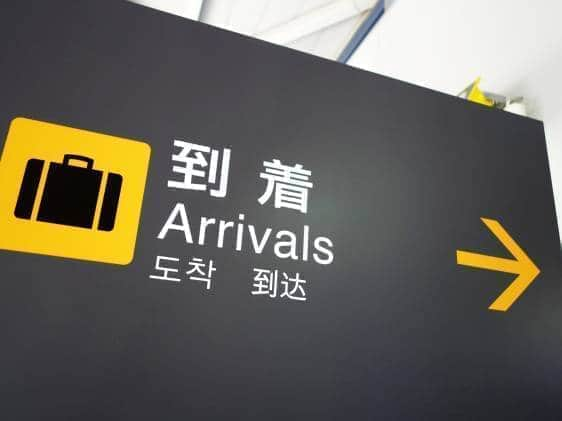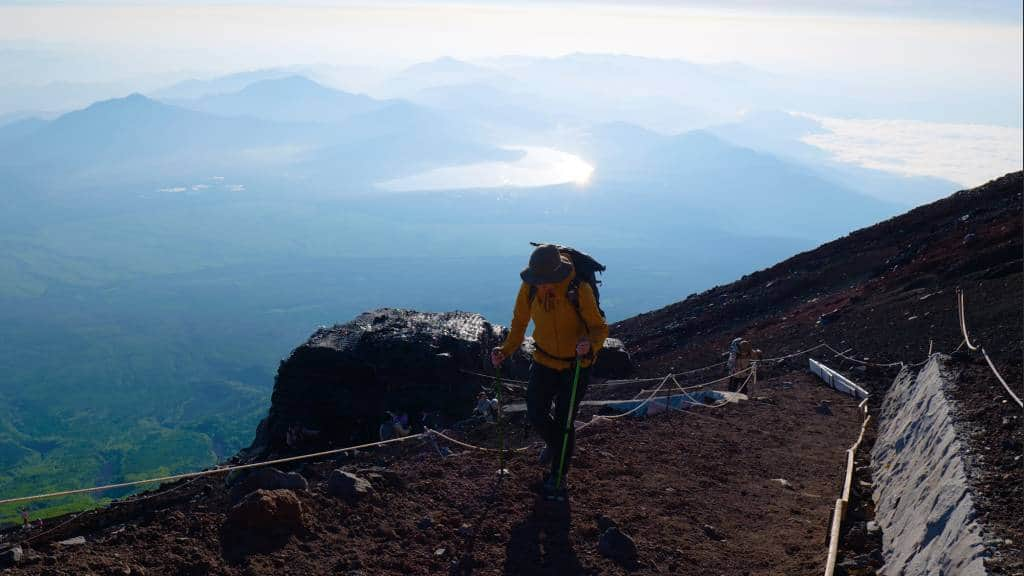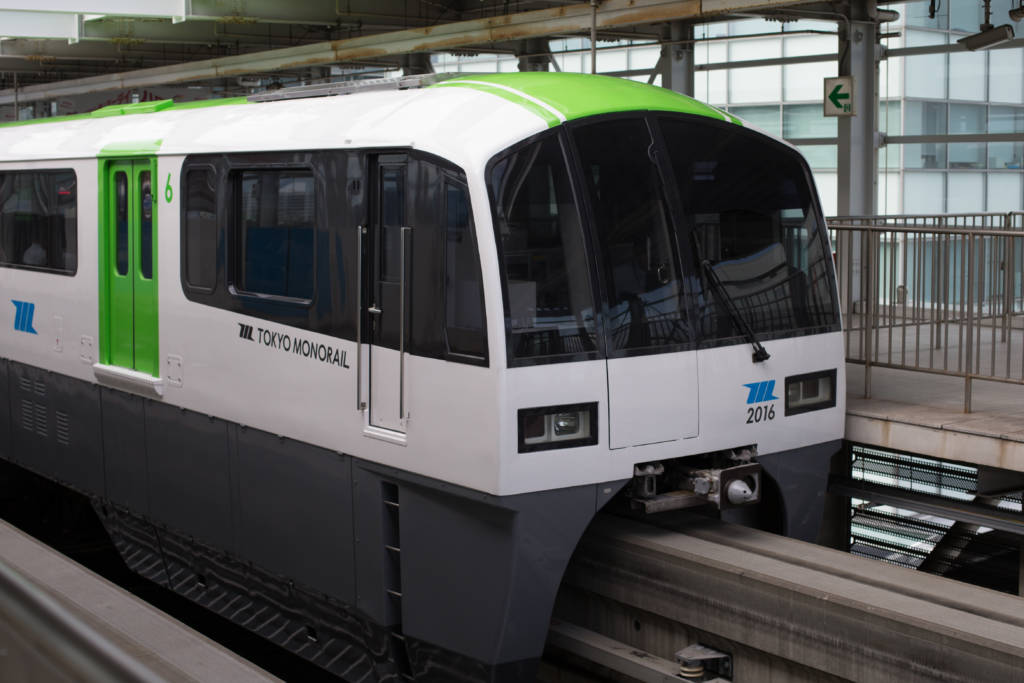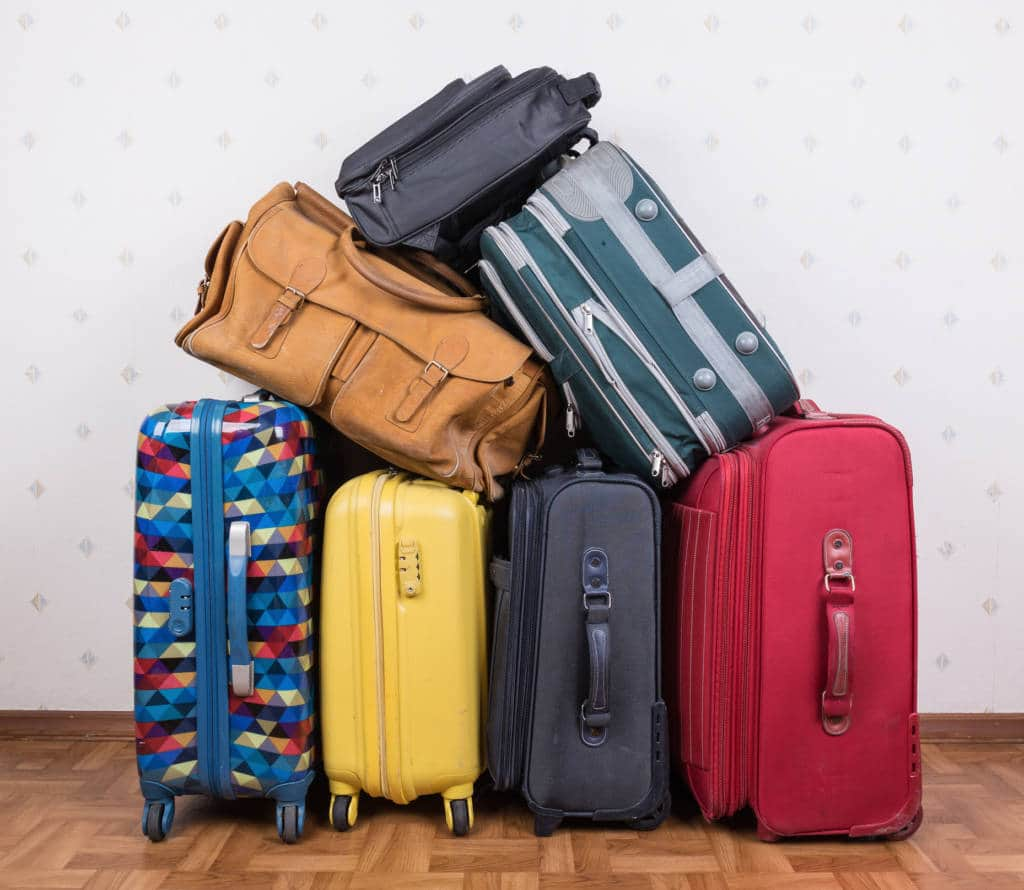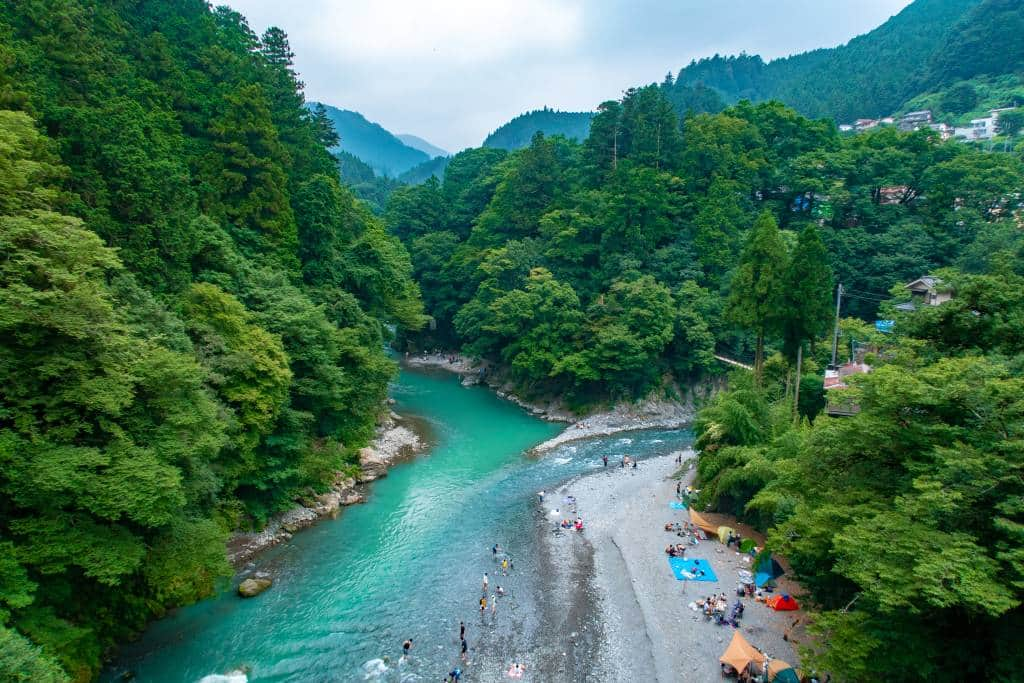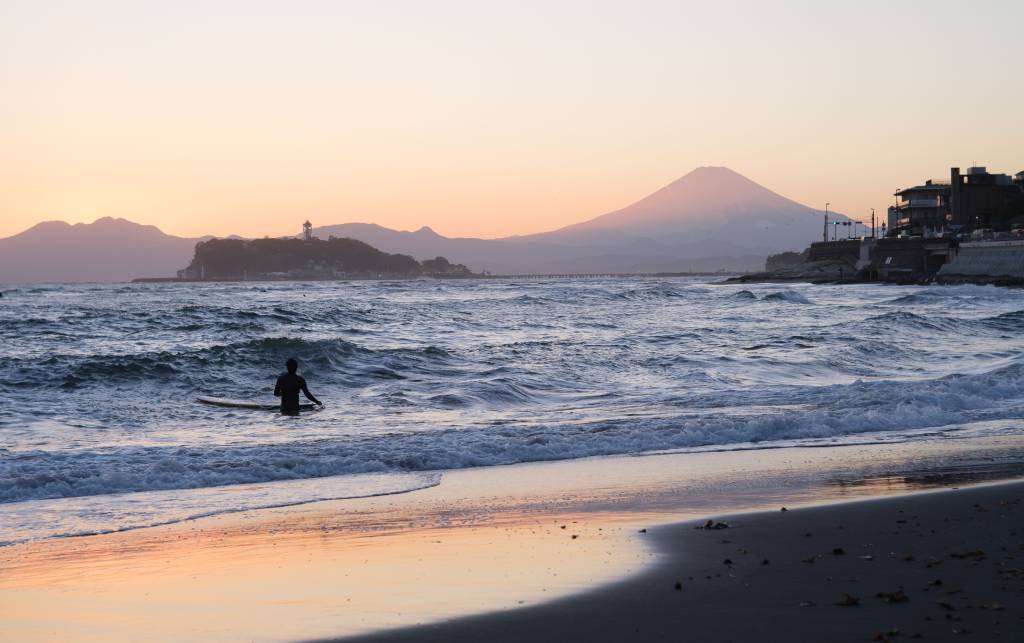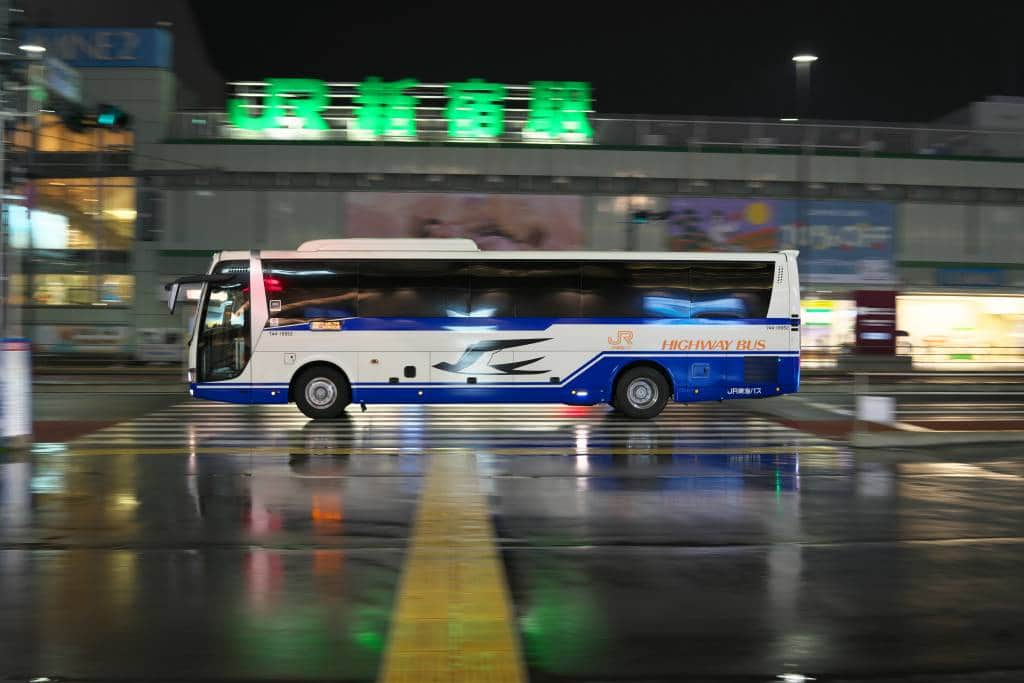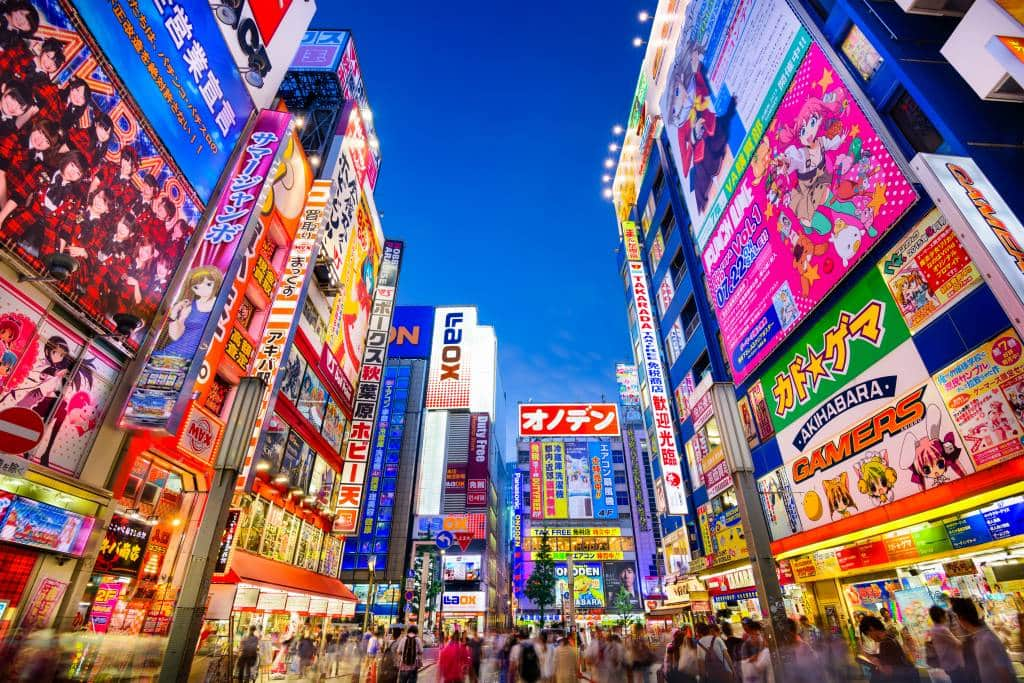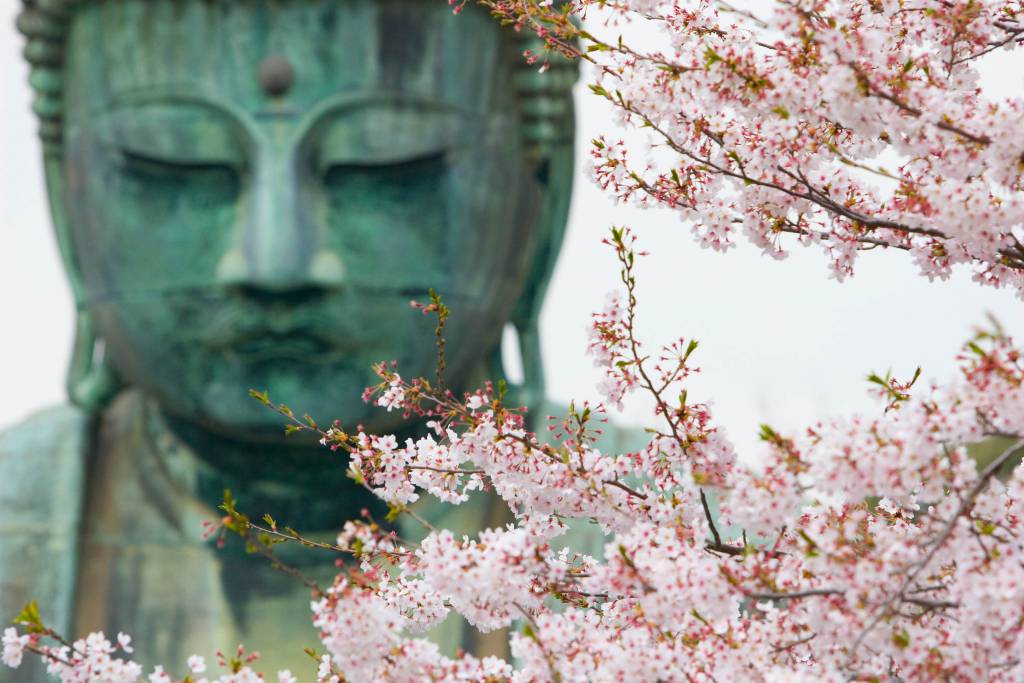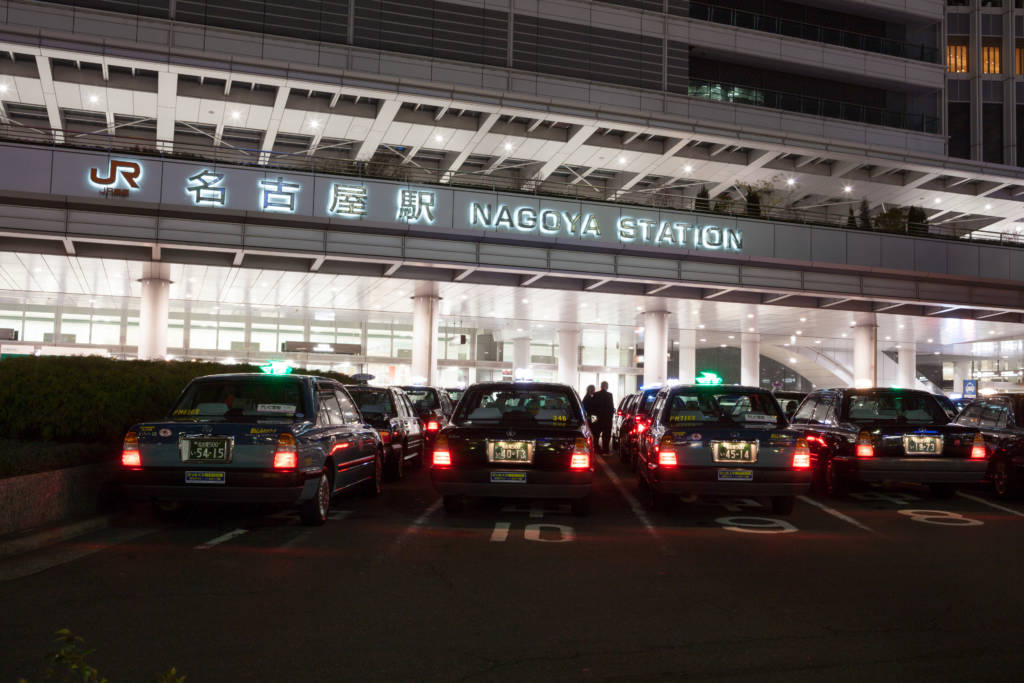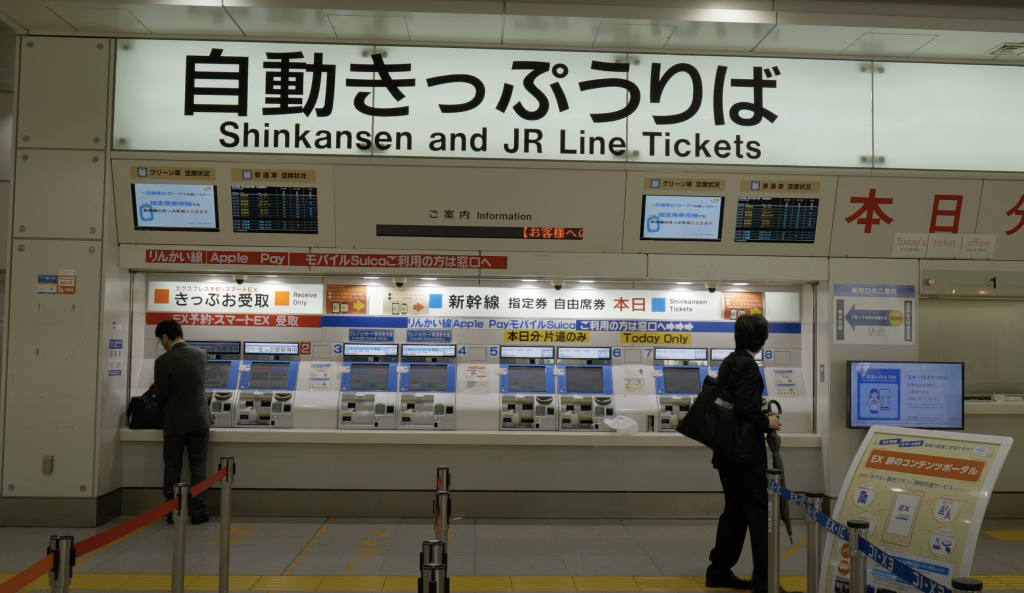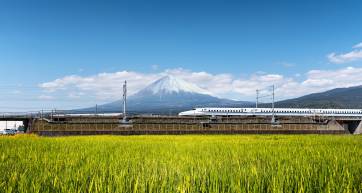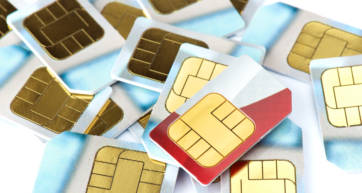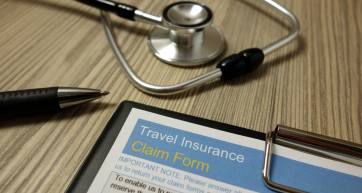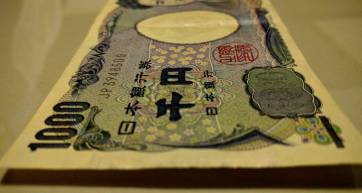The Japan Rail Pass (JR Pass) — good for unlimited travel on bullet trains (Shinkansen) and regular Japan Rail trains — is a fantastic deal. There are a few different options, and which one you ultimately choose depends on how long you’re traveling and the level of comfort you want (though even “ordinary class” Shinkansen cars are pretty luxurious).
You’re pretty much guaranteed to save money with a rail pass, but we’ll cover some situations where a rail pass might not be the best choice, too. There are also various regional rail passes to consider, if your travels are limited to a particular part of the country. Whatever your travel plans are, we’ve got you covered with everything you know to pick the right pass for your trip.
Jump to:
- What is the Japan Rail Pass?
- How much does the JR Pass cost?
- Standard class vs. Green Car class
- Deciding between a 7-, 14-, or 21-day pass
- The JR Pass vs. regional rail passes
- Do I need a JR Pass?
- Summary: What to remember when choosing your JR Pass
- Where to buy the Japan Rail Pass
- Using your Japan Rail Pass
- JR Pass FAQs
- Alternatives to the Japan Rail Pass: Using other transport
- Video guide to choosing a JR Pass
tl;dr If you want to keep it simple, order the Japan Rail (JR) Pass online before your trip. It’s excellent value, and if you’re traveling to more than one major city within seven days (or three/four cities within 14 days), it’s very likely you’ll be saving money. Usually the easiest and cheapest options for ordering the JR Pass (both with free shipping) are Klook and Japan Experience, but it’s also worth price checking with JRPass.com too.
The Japan Rail Pass: Everything you need to know
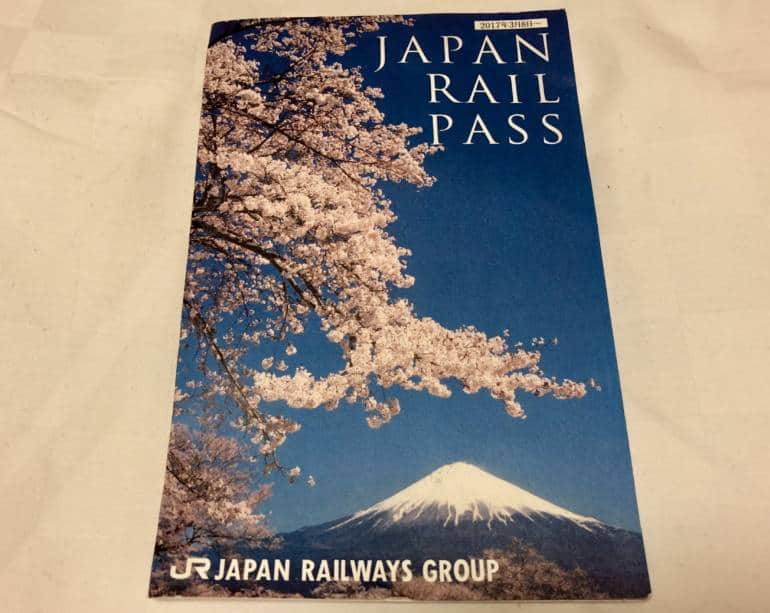
The Japan Rail Pass is the mother of all travel passes, allowing you unlimited rides on all JR trains from Kagoshima at the bottom end of Kyūshū right up to the northern tip of Hokkaidō. You can ride everything from the super-cool Shinkansen (that’s the bullet train) to local, rapid, and limited express JR trains; select JR buses; and even a ferry.
It’s the (nearly) unlimited access to the Shinkansen that gives the pass its true value. Japan’s Shinkansen network is comprehensive and growing! Read up on everything Shinkansen here.
Note: JR Pass holders cannot ride Nozomi services (on the Tōkaidō Shinkansen) or Mizuho services (on the San’yō and Kyūshū Shinkansen) — aka the fastest ones. The slightly slower bullet trains are perfectly good, but expect slightly longer travel times. For example, getting from Tokyo to Osaka may take 30 minutes longer on the Hikari bullet train (the next fastest service on the Tōkaidō Shinkansen).
What exactly is covered by the JR Pass?
- All JR trains save for the fastest Shinkansen services on the Tōkaidō, San’yō, and Kyūshū lines.
- Local JR buses routes, but NOT intercity JR bus routes. Local JR bus routes often connect a major JR train station with area attractions, like hot spring resorts and trailheads; however, not all local buses are run by JR. Even with a JR Pass, you might find yourself having to pay extra to ride a local bus to reach your final destination.
- The JR Miyajima Ferry between the pier at JR Miyajimaguchi Station and the pier on Miyajima, a popular attraction.
- Select non-JR lines, including: the Tokyo Monorail (from Haneda Airport); the Aomori Railway between Aomori and Hachinohe in Tōhoku (but only if disembarking at Aomori, Noheji, or Hachinohe stations); the IR Ishikawa Railway between Kanazawa and Tsubata (provided you do not disembark mid-way); the Ainokaze Toyama Railway between Toyama and Takaoka (provided you do not disembark mid-way).
What is NOT covered by the JR Pass?
All non-JR lines save for the few mentioned above. This becomes a little tricky when there are sections of private railway interrupting stretches of JR tracks. For example, getting from Tokyo to Mt Fuji by train requires travel along a length of tracks owned by Fujikyū Railway; as a result, pass holders must pay a small surcharge to cover passage through this section of tracks.
Nikkō and Shimoda (at the southern tip of the Izu Peninsula) are two other popular destinations where special rules and/or additional costs apply. See our guide to getting from Tokyo to Nikkō for advice on how to do this journey on a JR Pass without paying extra.
Who can purchase a JR Pass?
The Japan Rail Pass can only be used by travelers entering Japan on a foreign passport with a “temporary visitor” visa (aka a tourist visa). Japanese nationals as well as foreign residents on any other kind of visa cannot purchase a Japan Rail Pass.
Not eligible? A handful of regional rail passes are available to long-term foreign residents of Japan (meaning you have a foreign passport but some other kind of visa, like a work visa).
Another options is to get a Japan Bus Pass — these can be used by anyone with a foreign passport!
How much does the JR Pass cost?
The cost of the pass depends on the duration of the pass, the class, and how you buy it. It is cheapest to buy the pass overseas (which can be done online); the prices quoted below are the prices for purchasing overseas.
| Validity period | Standard | Green Car (Business Class) | Booking link |
|---|---|---|---|
| 7 days | ¥29,650 | ¥39,600 | |
| 14 days | ¥47,250 | ¥64,120 | |
| 21 days | ¥60,450 | ¥83,390 |
*Prices were accurate as of November 10, 2022.
Important: The duration of each pass is the number of days from when it is first activated — including that day. The passes are valid for travel on consecutive days only. There is no option to split up travel — so once you activate your JR Pass, the clock starts. Choose carefully, because you won’t be able to change the pass — either the duration or the class — after you arrive.
Is there a JR Pass for children?
Yes, children aged 6–11 are eligible for a half-priced rail pass. Children must be no older than 11 on the day the pass is purchased.
JR Pass prices for children 6–11:
| Validity period | Standard | Green Car (Business Class) | Booking link |
|---|---|---|---|
| 7 days | ¥14,820 | ¥19,800 | |
| 14 days | ¥23,620 | ¥32,060 | |
| 21 days | ¥30,220 | ¥41,690 |
*Prices were accurate as of November 10, 2022.
Children 5 and under ride for free on Japanese trains; however, they are not guaranteed a seat. Only pass holders can reserve seats, so if you want to guarantee a seat for your child/children under six, they will need their own (children’s) pass. Otherwise, they can sit in any unclaimed seats. Should there be none, the child must ride on your lap. For this reason, only one child under six per adult is allowed to ride for free on the Shinkansen. To ride for free, children should be under six on the day of travel (in case passports are checked).
Is a Green Car pass worth it?
JR’s “Green Car” is equivalent to business class. All Shinkansen lines and some commuter lines have Green Cars. Some newer model Shinkansen also have “Gran Class” cars, which would be equivalent to first class. There is no Gran Class JR Pass.
Even on the oldest Shinkansen trains, standard class is plenty nice. So a true Cheapo would probably say there is no need to pay for an upgrade. On the other hand, that’s less than ¥1,500 per day to ride around the country in business class on a 7-day pass — maybe not a bad deal? For a 14-day pass it’s only an extra ¥1,200 per day (and ¥1,100 per day for a 21-day pass).
An upgrade gives you more space: ordinary Shinkansen cars seat three on one side of the aisle and two on the other, whereas Green Cars seat two and two across the aisle. The seats and armrests are a little bigger, and each seat has its own power point for charging. There’s also more legroom, more space for reclining, and a foot rest.
For reasons not related to actual JR policy, the Green Car is usually quieter than the regular cars.
The big downside is that there are no unreserved seat Green Cars, which means you must have a reserved seat for every leg of you journey. This does not cost extra, but means that you can’t just show up at the station and jump on whatever train pulls into the platform next (without first locking in a seat reservation).
Also most trains may have only one — or at most up to three — Green Cars, so there are just less seats in general to reserve. (Though of course reservations for ordinary cars tend to fill up faster anyway).
Services that MAY have no Green Cars include: most Hikari and Kodama services on the San’yō Shinkansen (Shin-Osaka to Hakata); some Sakura and Tsubame services on the Kyūshū Shinkansen (Hakata to Kagoshima); and all Kamome services on the Nishi Kyūshū Shinkansen.
Pro tip: Many of the bullet trains have power outlets available in front of or next to your seat, so that you can charge your phone and use your laptop; it just depends on whether the line you’re riding runs newer or older series trains. You can also connect to free Wi-Fi on an increasing number of Shinkansen, though connection can by spotty (see note above about frequent tunnels). Read more about getting Wi-Fi in Japan.
Deciding between a 7-, 14-, or 21-day pass
We envy anyone who even gets to consider a 21-day pass! Most travelers find themselves deciding between the 7-day and the 14-day pass. What you ultimately choose obviously depends on where you plan to go and how long you plan to be in Japan.
Cost breakdown per day by pass:
| Validity period | Standard | Green Car |
|---|---|---|
| 7-day pass | ¥4,236 per day | ¥5,657 per day |
| 14-day pass | ¥3,375 per day | ¥4,580 per day |
| 21-day pass | ¥2,879 per day | ¥3,970 per day |
*Prices were accurate as of November 10, 2022.
The easiest way to stretch a 7-day pass on a longer trip is to spend a few days at either the beginning or the end of your trip in Tokyo (and pay out of pocket for travel one-way to the airport). Then you could have a week to explore Kansai destinations like Kyoto and Osaka and travel onwards to Hiroshima and Miyajima via the castle town, Himeji. This is a classic first trip itinerary, returning to Tokyo on the last day of the pass.
On the other hand, with a couple more days and a 14-day pass, you could return to Tokyo via destinations such as Kanazawa, Nagano, or Takayama.
Keep in mind the difference in cost between a 7-day pass and a 14-day pass is ¥17,600 (or ¥24,520 for a Green Car pass). So don’t get a 14-day pass just to cover transport to and/or from Tokyo and Narita Airport. But do get a 14-day pass if you plan to be traveling some distance from Tokyo for more than a week.
Pro tip: For ideas on where to go and what to do with your JR Pass, check out this 7-day DIY rail itinerary that takes you from Tokyo to Niigata and then down to Kansai. Also this Northern Explorer option that sees you going deep into the heart of Tōhoku and Hokkaidō.
Can I stack passes?
Yes, this is possible. Though the cost of two 7-day passes is pretty much the same cost as a 21-day pass (¥60,450 vs. ¥59,300), as the cost per day decreases with the length of the pass. You could also consider stacking regional rail passes, but this risks making things overly complicated. (With regional rail passes, you will need to disembark at the border of one region, cross to the next region, and then begin traveling on the next pass).
The JR Pass vs. regional rail passes
The classic Japan Rail Pass covers the whole JR rail network, offering maximum flexibility — you can literally travel from Tokyo to Hokkaidō to Kagoshima and back to Tokyo if you please. (A journey that, if you bought individual tickets for, would cost more than ¥100,000! In case you weren’t yet sold on what great value the JR pass is…)
However, there are many, many other rail passes that cover travel within specific regions; for example, there are rail passes just for travel around Hokkaidō, Shikoku, or Kyūshū that are less expensive than the countrywide JR Pass. These passes don’t, however, cover the cost of getting to and from Tokyo. So you’d have to work out if, after factoring in that cost, you’d still be saving money.
The only regional rail passes that covers travel from Tokyo are those offered by JR East. If your travel plans are limited to Tokyo and anywhere north and east of the capital, namely Tōhoku and Hokkaidō — and not destinations to the west, like Kyoto — then a regional rail pass from JR East might be a better choice that saves you money.
Do I even need a JR Pass?
If you are planning two or more inter-city return trips from Tokyo to somewhere like Kyoto or Sendai, or one really long trip to Kyūshū, then the main JR Pass is worth getting.
The regular price (reserved seat during non-peak travel) for return travel between Tokyo and Kyoto is ¥28,340, which is almost as much as a 7-day pass. Meanwhile, the regular round-trip price on the Shinkansen between Tokyo and Hiroshima alone is ¥38,880, which is almost the same as the cost of the 7-day Green Car (business class) JR Pass!
However, if you plan to spend all of your trip in and around Tokyo (or Kansai, for that matter), then you almost certainly don’t need a national JR Pass. You might want a regional JR Pass or a single-use Shinkansen ticket.
You could also look at the prices of Japan’s low-cost airlines (more on non-rail travel later).
While the Shinkansen may provide a better view of the country than you would get from the middle aisle of an airplane, it’s worth noting that large parts of the bullet train network are either underground or have sound barriers beside the tracks — so you might spend most of the journey dozing. You’ll still get plenty of glimpses of everyday Japan, though, and it’s possible to see Mount Fuji as you hurtle between Tokyo and Kyoto or Osaka (they’ll announce it).
Summary: What you need to remember when choosing a JR Pass
If you plan on taking the Shinkansen anywhere, it’s almost always a good idea to buy a rail pass. As we mentioned, the regular price for a return ticket on the Shinkansen between Tokyo and Hiroshima is around ¥38,000, which is basically the same as the cost of the 7-day JR Green Car Pass! Meanwhile, return journeys from Tokyo to Shin-Hakodate-Hokuto (Hakodate, in Hokkaidō) and Hakata (Fukuoka, in Kyūshū) cost the same: ¥46,860, nearly as much as a regular 14-day pass (which costs ¥47,250.
However, if you’re only making one long-distance trip, a one-way Shinkansen ticket may work out to be cheaper. Use our Shinkansen fare calculator to help you figure out the best option for your travel plans.
Here’s a quick recap of the main tips:
- DO buy a JR Pass if you’re planning a fair bit of inter-city travel. It’s best to plan your travels first, and then pick a pass accordingly.
- DON’T buy a Japan Rail Pass if you’re just traveling around the Tokyo/Yokohama area. It’s cheaper to buy individual tickets or use a charged Pasmo/Suica card. And for exploring the greater Tokyo area, a Tokyo Wide Pass is likely better value.
- Similarly, if you’re exploring Osaka, Kyoto, and surrounds, a regional pass like the Kansai Area Pass is probably a better deal.
- To avoid any extra, unexpected travel costs, be sure to confirm the exact lines and services you can use, and read all the fine print.
Where can I buy the JR Pass?
Up until March 2017, the Japan Rail Pass could not be purchased in Japan — you had to buy it either online or through an authorized travel agent before arriving. JR Passes are currently available for purchase in Japan, at select locations, until the end of March 2024.
So there are currently three ways to buy a pass: from an authorized overseas travel agency before you depart (this can be done online); online through the dedicated JR Pass website; or from a limited number of train stations in Japan.
The first option is the cheapest — by about ¥4,000 for the 7-day all-country pass. So naturally we recommend buying your pass from an overseas agent before coming to Japan.
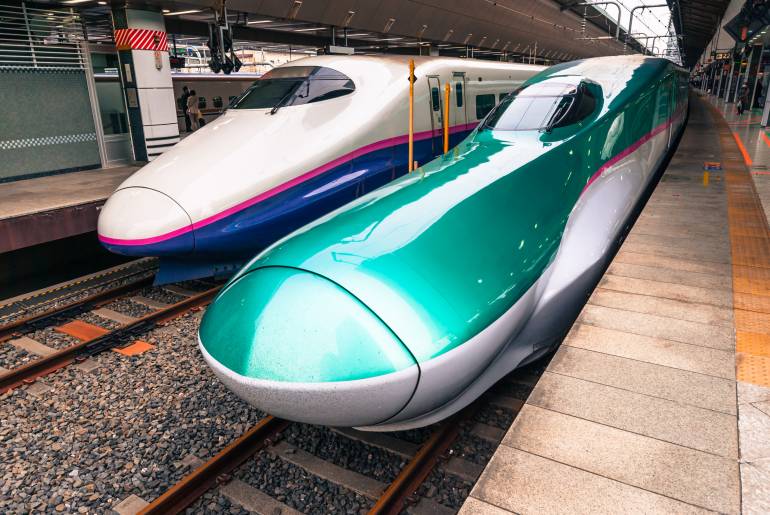
Using your JR Pass
Whichever rail pass you choose, the process is the same: if you purchased it online, you will have to go in person to a JR Travel Service Center or select JR ticket counter to pick up and activate the actual pass. (Obviously if you’re buying it after arriving in Japan, you’re already there in person).
Here’s the full list of JR stations where this can be done. Note there’s sometimes a long queue for picking up rail passes at the the airpot and Tokyo Station locations, other station in Tokyo might have much less of a queue like Shibuya, Shinagawa, Ikebukuro and Ueno.
Currently, to use your JR Pass, you simply insert the ticket into an automated ticket barrier at any JR station.
Activating your JR Pass
When you purchase a rail pass overseas online, you will receive an exchange order, which you need to take, together with your passport, in person, to a JR Travel Service Center or select JR ticket counter (see the link above). There, you will be given the actual pass. You will be asked when you would like to activate it. This can be the same day, so you can start your travels immediately, or a later date.
Exchange orders must be activated within three months of purchase.
Tip: We recommend not exchanging your JR Pass at the airport as the lines can get ridiculous.
Making seat reservations with a JR Pass
You can make seat reservations for Shinkansen and limited express trains at the same time that you activate your pass. Whether or not to make reservations is up to you; it’s free to do so.
Before Japan became a super popular international destination it was pretty common not to make reservations in advance; rather you could just show up and hop on the next train — grabbing a jiyūseki (unreserved seat). But nowadays, and definitely during peak travel seasons, the risk of winding up seatless is greater (you can always get on the train, you just might have to stand).
Peak travel season includes: cherry blossom season (late March through early April); Golden Week (late April through early May); summer holidays (mid-July through August); and over the New Year (from late December through early January).
If you purchase the pass directly through the dedicated pass website, you unlock the ability to reserve seats up to one month prior to your first day of planned travel online. But then you lose the discount for purchasing overseas. Once you have the physical pass, you can use the QR code on the ticket to reserve seats using the reserved seat ticket machines at certain stations.
Making seat reservations has also become more important since certain Shinkansen lines introduced new luggage restrictions in 2020.
Japan Rail Pass FAQs
Do I need to buy a Japan Rail Pass before arriving in Japan?
No, not anymore. It is possible this might change in the future, though. Still, considering the passes are cheaper when bought outside Japan, it makes sense to purchase one before arriving in Japan.
What happens if my pass gets lost or stolen?
Don’t let this happen! It will not be replaced! If this does happen, head to the nearest JR station lost and found. Since passes can only be used by the person whose name is on the pass, someone might find it and turn it in.
Does the Japan Rail Pass cover all the trains in Japan?
No, the Japan Rail Pass only covers travel on Japan Rail (JR) train lines and select private lines. Fortunately, the JR network is the most comprehensive in the country, covering all of Japan save for Okinawa.
There are very few places other lines travel that JR Group trains don’t. One big exception is municipal transit: city-operated subway, tram, and bus networks won’t be covered by the pass. The pass is intended for travel between cities not within them.
Does the Japan Rail Pass cover buses?
The JR Pass covers travel on local and regional JR buses. It does not cover inter-city JR buses or private bus operators.
Does the Japan Rail Pass cover ferries?
Sadly, the only ferry covered by the Japan Rail Pass is the ferry to Miyajima.
Does the Japan Rail Pass cover the subway?
No. There are no JR subway lines and the pass does not cover any private or municipal subway lines.
Can I use the Japan Rail Pass to get from Narita Airport?
You can use the Japan Rail Pass (or any JR East pass) to ride JR’s fancy limited express airport shuttle, the Narita Express (N’EX). You will need to secure a seat reservation, which you can do when you activate your pass. However, once you start using your pass the clock starts. So, don’t activate your pass just for the ride from the airport if you are going to be spending the next couple of days in Tokyo!
Can I use the Japan Rail Pass to get from Haneda Airport?
The Japan Rail Pass covers travel on the Tokyo Monorail from Haneda Airport to Hamamatsuchō, where you can pick up the JR Yamanote line. But again, only use your pass to get from the airport if you are heading right to the nearest Shinkansen station; otherwise, it’s just not worth it.
Can I use the Japan Rail Pass to get from Kansai Airport?
The Japan Rail Pass covers travel on the JR limited express Haruka train from Kansai International Airport (KIX) to either Osaka or Kyoto. This is the fastest, most convenient, and (without the pass) most expensive public transport option from KIX. You will need to secure a seat reservation, which you can do when you activate your pass. But again, only use your pass for airport travel if you plan to start inter-city travel right away.
Can I use the Japan Rail Pass to get around Tokyo?
You can use the Japan Rail Pass to ride JR trains in Tokyo, including the JR Yamanote and JR Chūō-Sōbu lines. You cannot use the pass to ride any subway, bus, or private operator lines, with the exception of the Tokyo Monorail. But more importantly, you won’t get your money’s worth using the pass to get around Tokyo; save it for inter-city travel.
Can I use the Japan Rail Pass to get around Kyoto?
There is only one JR bus line in Kyoto. Kyoto municipal subway and bus lines — the main way to get around the city — are not covered by the pass.
Alternatives to the Japan Rail Pass: Using non-rail transport
Seeing as the Japanese railway system is so on point, we’re sure you’ll be using its services at some time or another during your stay. However, that doesn’t mean you don’t have other travel options.
For road travel, we recommend reading about the awesome Japan Bus Pass.
And for route information between Tokyo and major destinations, including details on air and bus travel, check out our “fast vs. cheap” transportation article series, which includes: Tokyo to Kyoto, Osaka, Sapporo and Hiroshima.
Video guide to choosing a JR Pass
While we do our best to ensure it’s correct, information, including pricing, is subject to change. This guide was last updated in November 2022.



